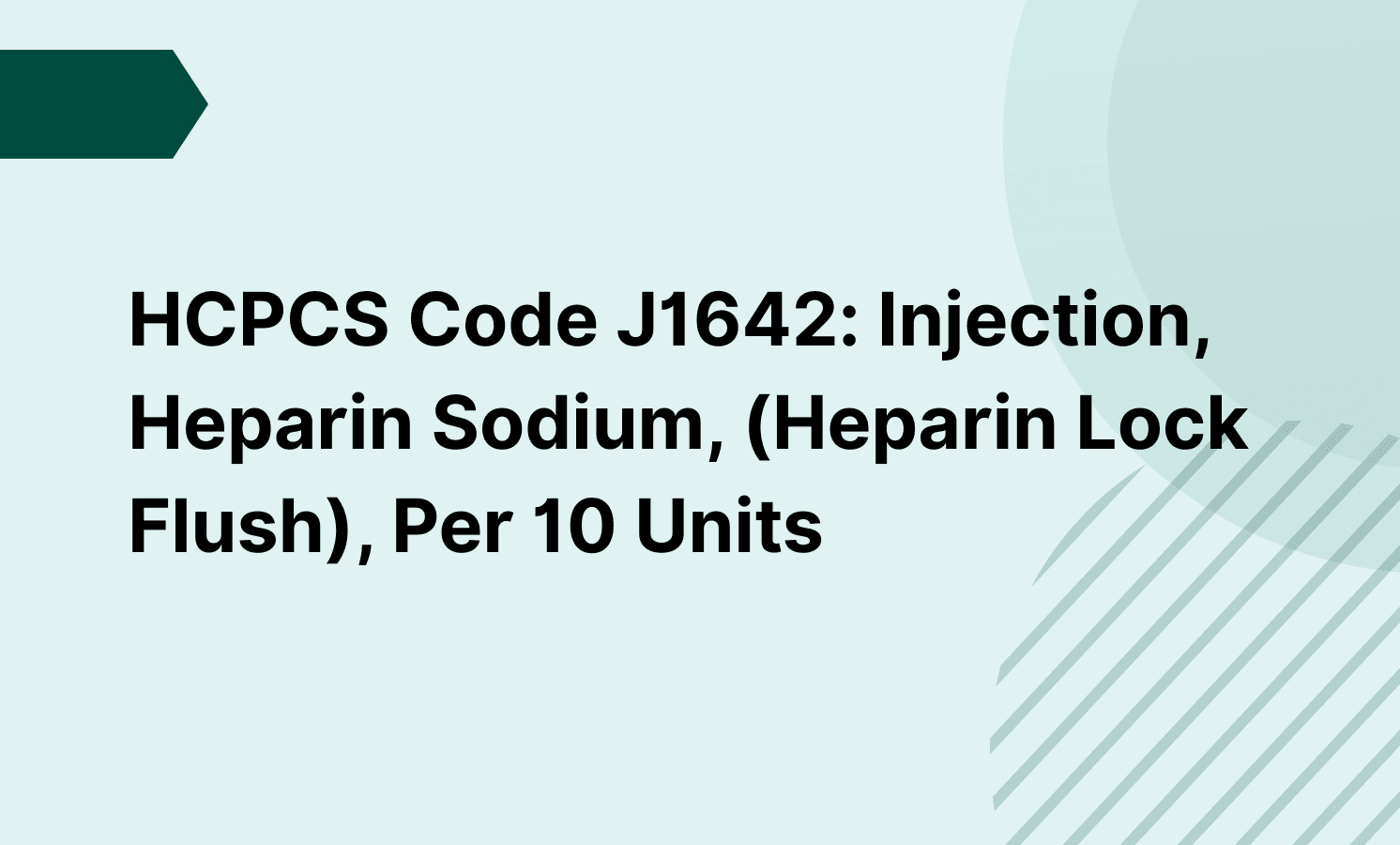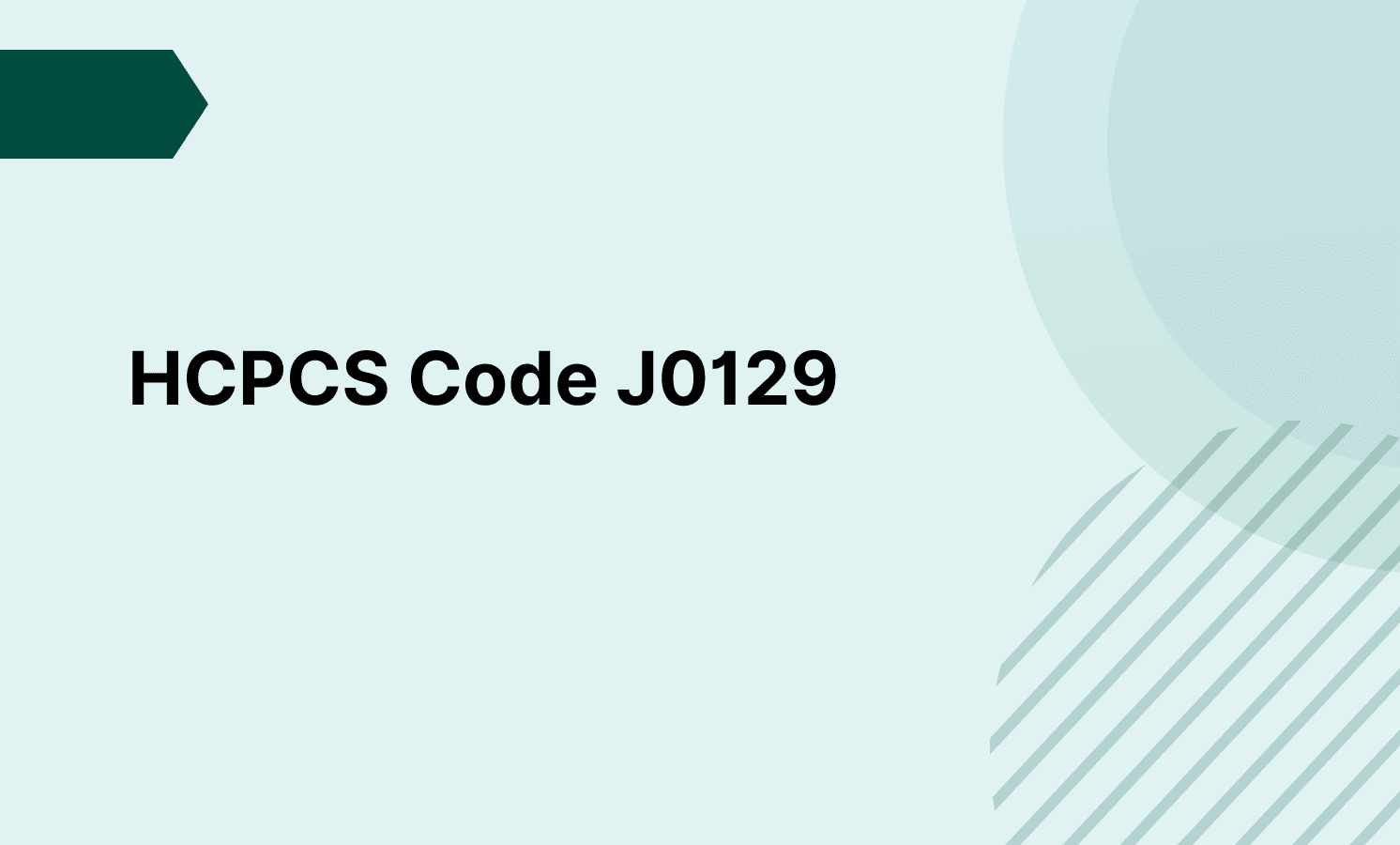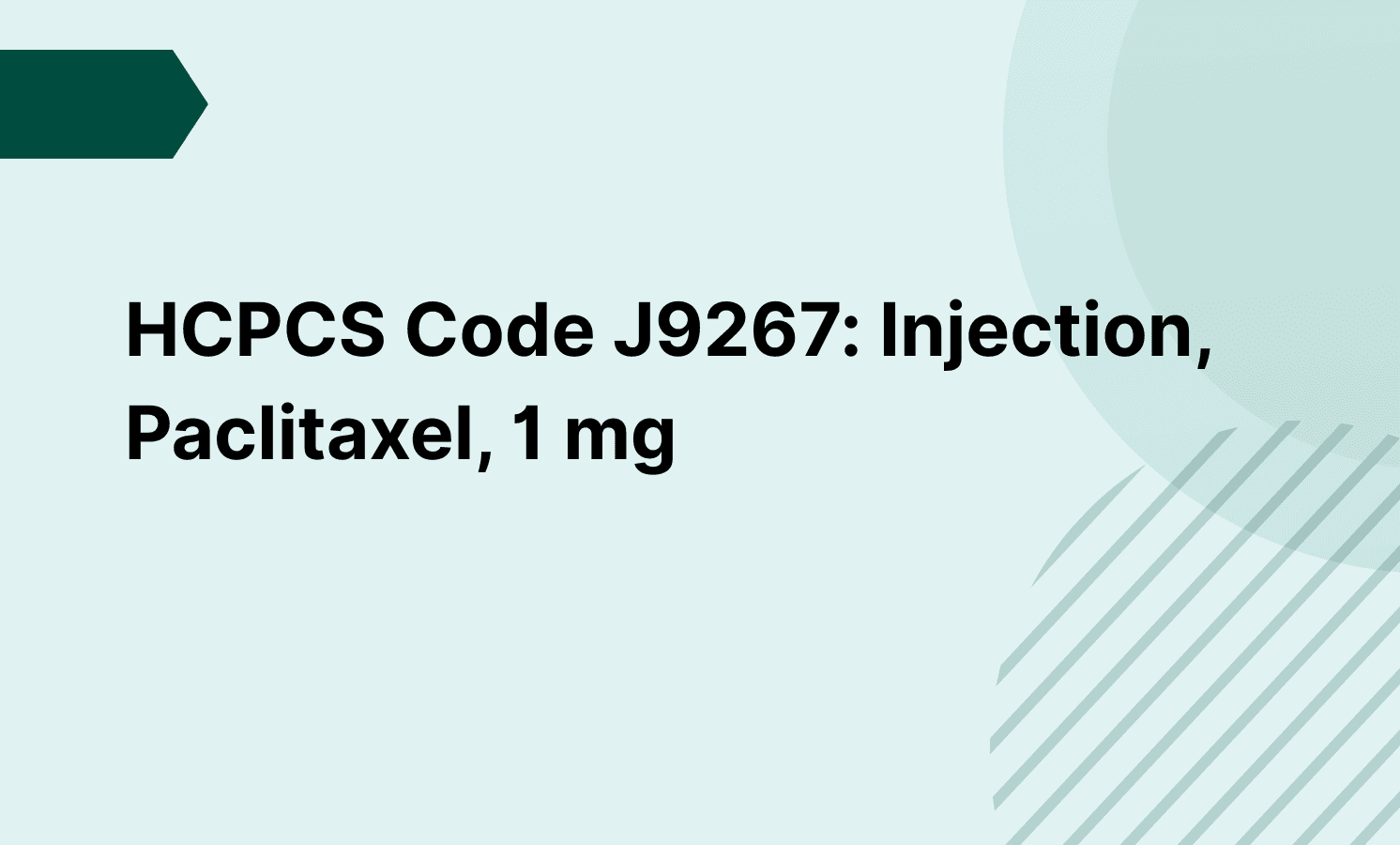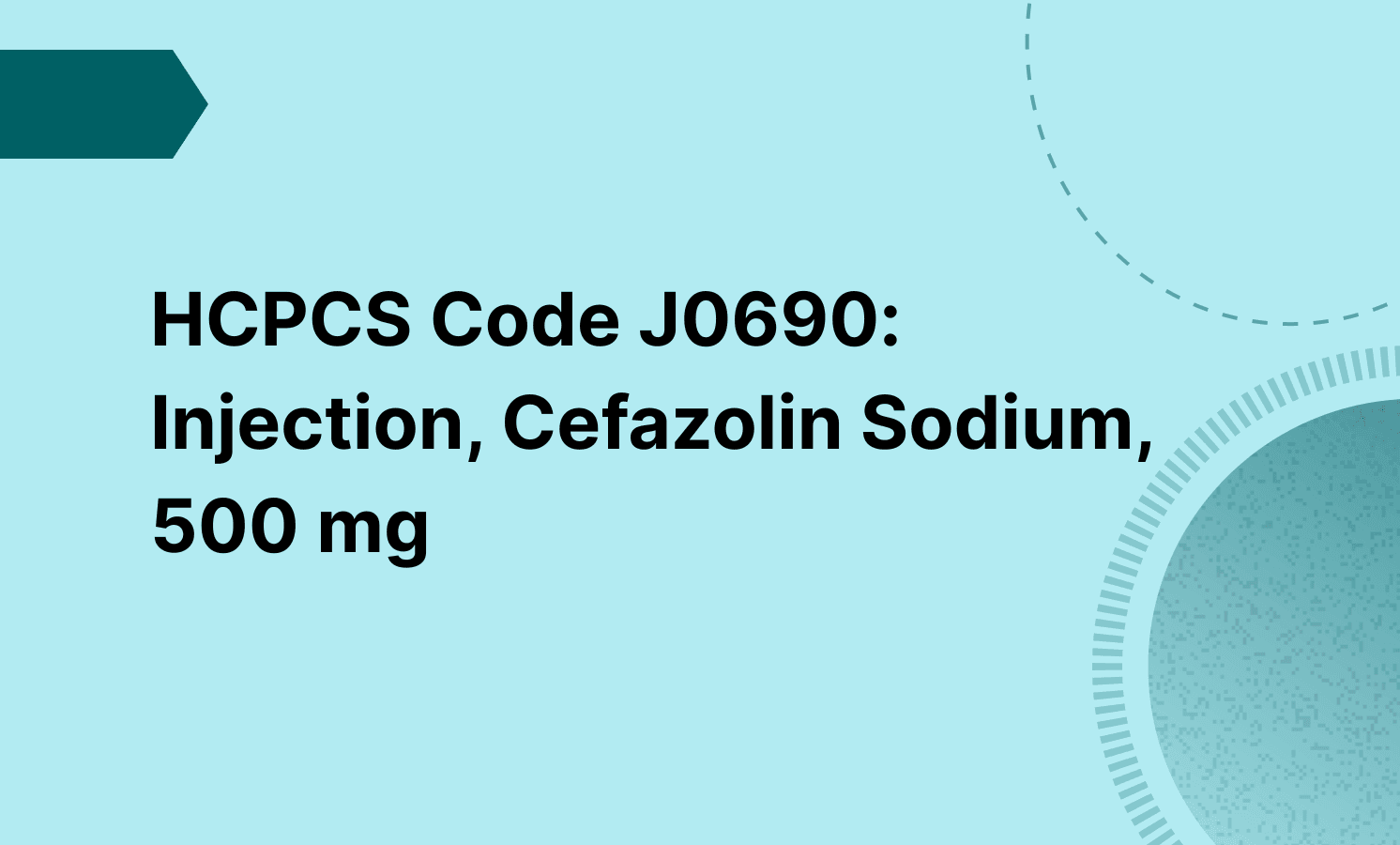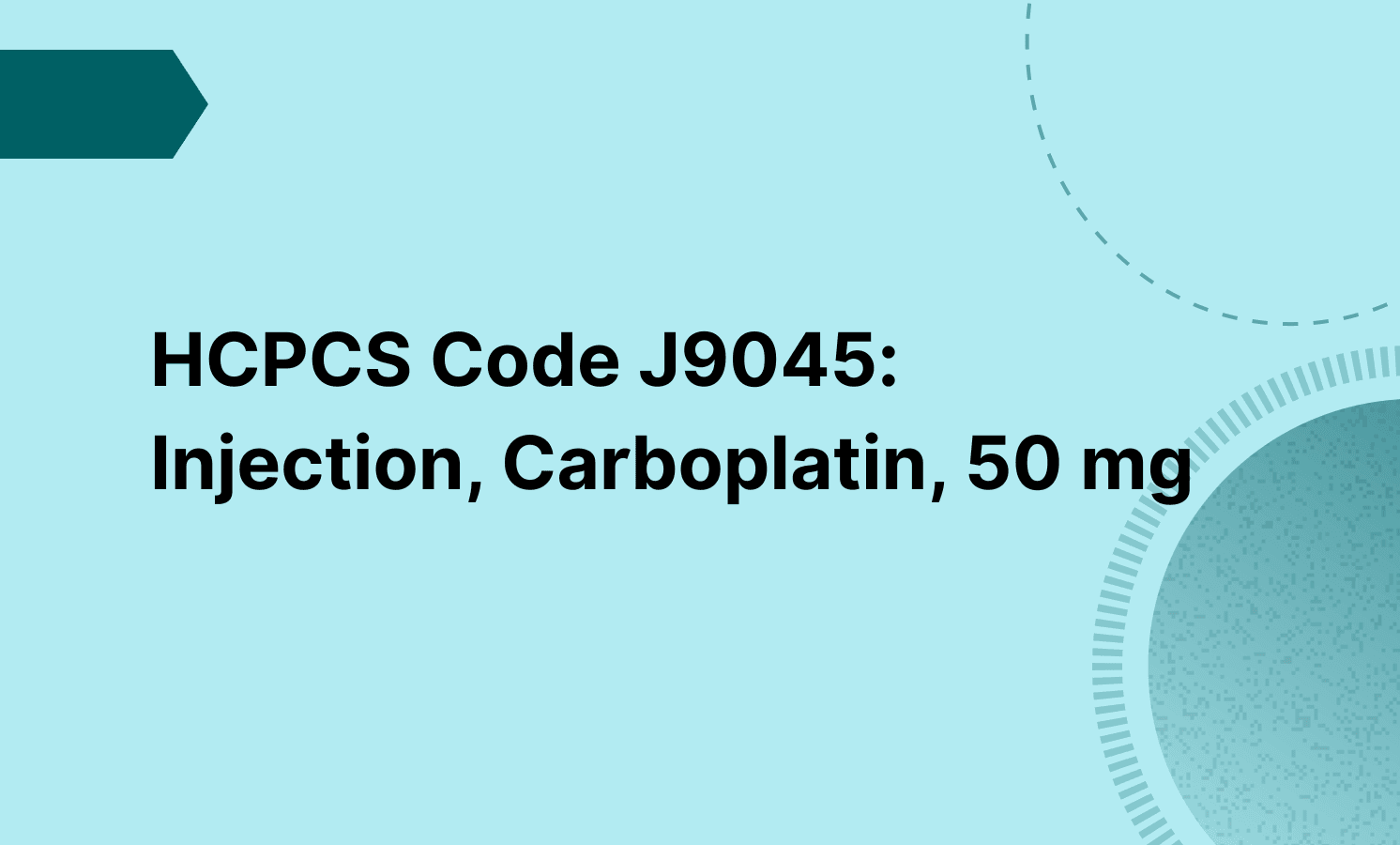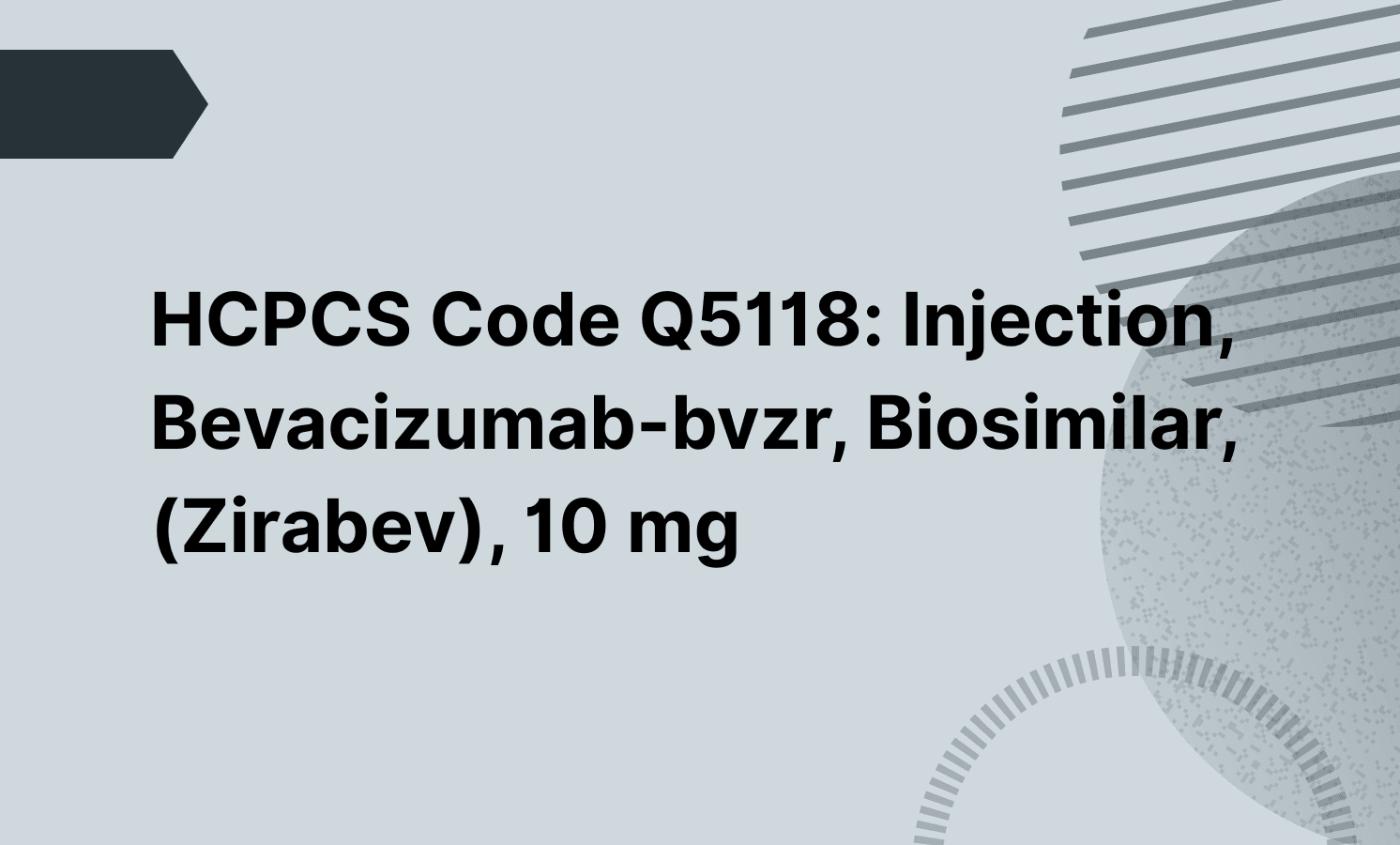CPT 45378 is used for diagnostic colonoscopy procedures performed to evaluate symptoms or abnormal findings. It may include specimen collection by brushing or washing, but does not cover biopsies or therapeutic interventions.
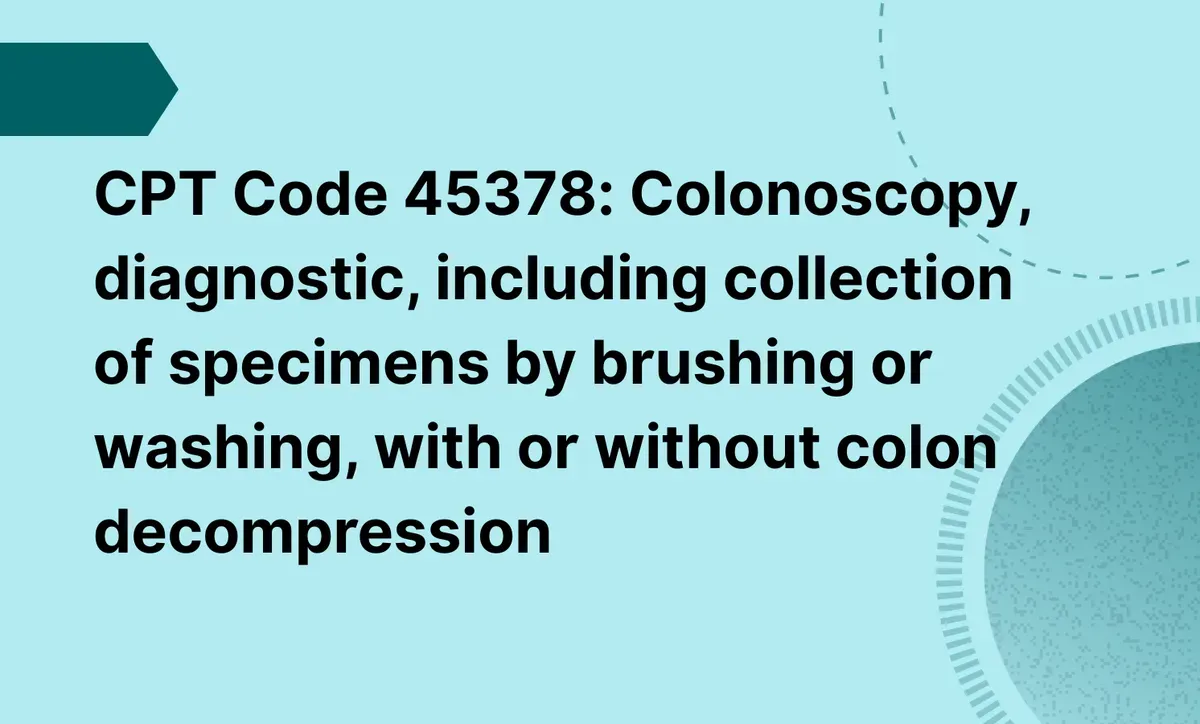
CPT Code 45378: Colonoscopy, diagnostic, including collection of specimens by brushing or washing, with or without colon decompression
Learn more about CPT code 45378, including its use for diagnostic colonoscopy procedures, documentation requirements, and billing guidelines.
Use Code
Frequently asked questions
No, CPT 45378 is not used for screening. For colorectal cancer screening colonoscopies, use G0121 (average risk) or G0105 (high risk) for Medicare patients.
If a screening colonoscopy leads to a therapeutic procedure, use the appropriate CPT code (e.g., 45385) and append modifier PT for Medicare claims. For commercial payers, use modifier 33 if applicable.
EHR and practice management software
Get started for free
*No credit card required
Free
$0/usd
Unlimited clients
Telehealth
1GB of storage
Client portal text
Automated billing and online payments

